|
|
Okay here comes the question again, where was Moss Farm in Loftus, or do they mean Mars Farm? Terry Shaw came to our aid with: “In 2005 I wrote a book ‘The History of Loftus Cricket Club’ after an extensive search I was unable to trace Moss Farm. Redcar library have maps of Loftus dating back to the 1870′s and Moss Farm does not appear anywhere, I presume that the references mean Mars Farm.” and “After further research Moss Farm still cannot be found, however the reference could mean Marsh Farm which was the original name of the Mars Inn.”
Cutting from a collection gifted to the Archive, most of the cuttings coming from the Northern Echo and cover the period 1930 to 1940. Thanks to Terry Shaw for the researches and update.
How many times did Loftus mine close and then re-open?
Cutting from a collection gifted to the Archive, most of the cuttings coming from the Northern Echo and cover the period 1930 to 1940.
It is still forgotten today and I don’t think the steps are still there, are they?
Cutting from a collection gifted to the Archive, most of the cuttings coming from the Northern Echo and cover the period 1930 to 1940.
This newspaper report of building destruction caused by mine subsidence shows the interior of a house in Cleveland Street, Liverton Mines. Destroyed by the look of it and yet the houses still stand today. Now am I right in saying that or were there two rows to Cleveland Street one of them being demolished? HELP
Stuart Wise remembers: “I knew a Mr and Mrs Goodman who lived in Cleveland Terrace in Liverton Mines. Mr Goodman`s right hand was a hook, of endless fascination to a young child. My grandfather, a shot firer, lived at the end of Cleveland Terrace. Blown up in the mines, he lived to tell the tale, spending months in Skinningrove cottage hospital. Blamed for accident `cos he lit a cigarette on a box of dynamite whilst descending in the cage. And the stories I can tell of my uncle Aaron, also a miner in Liverton mines and a spiritualist. He would see things like dead miners or elves and converse with little men dressed in purple who would visit him in Upleatham church. Passionate about nature. I owe so much to my mining heritage.” Danny Plews adds: “I was Born in Number 25, Cleveland Street on the 9th of February, 1941, Moving once within the village until I enlisted in the Army (Royal Artillery) in 1960. Fond memories!“
Cutting from a collection gifted to the Archive, most of the cuttings coming from the Northern Echo and cover the period 1930 to 1940.; thanks to Stuart Wise and Danny Plews for the updates
Not in very good shape by the look of it the mines certainly did some damage to property in 1938.
Cutting from a collection gifted to the Archive, most of the cuttings coming from the Northern Echo and cover the period 1930 to 1940.
1936 and Tin City is to go, says the ministry of health. Margaret Atkinson advises: “My family lived at Tin City; then moved into Coronation Road in 1939, they were called Trevor.”
From cutting part of a collection gifted to the Archive, most of the cuttings coming from the Northern Echo and cover the period 1930 to 1940, thanks to Margaret Atkinson for the update.
I wonder why the bowling green was closed in the first place, do you know?
Cutting from a collection gifted to the Archive, most of the cuttings coming from the Northern Echo and cover the period 1930 to 1940.
Liverton village hall, formally opened by Lady Downes June 5th 1933.
Cutting from a collection gifted to the Archive, most of the cuttings coming from the Northern Echo and cover the period 1930 to 1940.
Some of the men who built Liverton village hall includes the vicar of Liverton Rev. P. J. S. Russell; fifth from left. Angela Cockburn tells us: ”The man in the pale trousers at the front second left is my grandfather John Cockburn (known as Jack) who lived at Petchs Cottages at the time.” Do you know the names of any of the other men?
Cutting from a collection gifted to the Archive, most of the cuttings coming from the Northern Echo and cover the period 1930 to 1940, thanks to Angela Cockburn for the update.
Well in this instant it did, has a larger one been landed since 1937?
Cutting from a collection gifted to the Archive, most of the cuttings coming from the Northern Echo and cover the period 1930 to 1940.
|
|
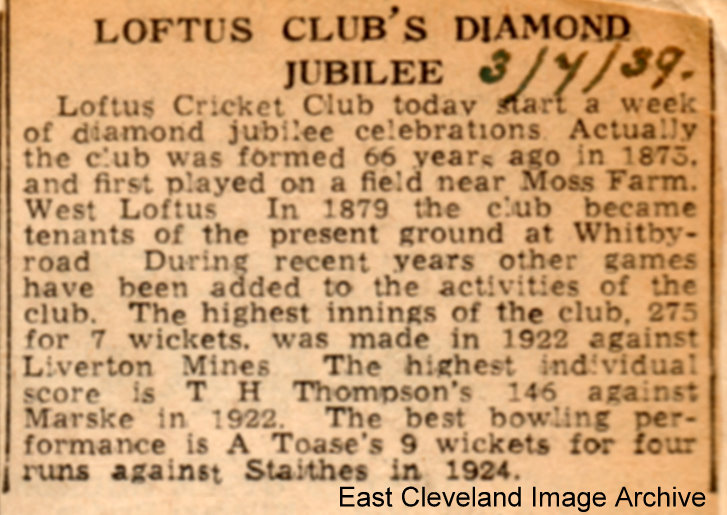
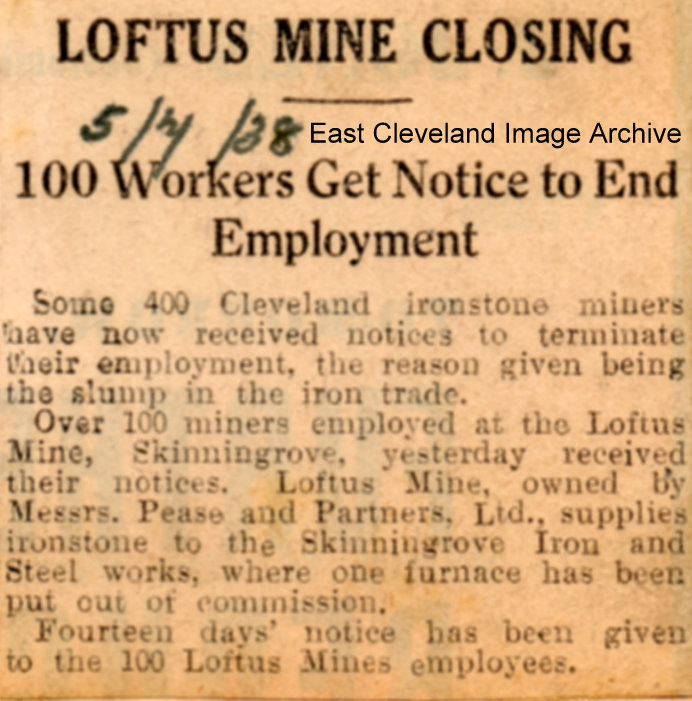
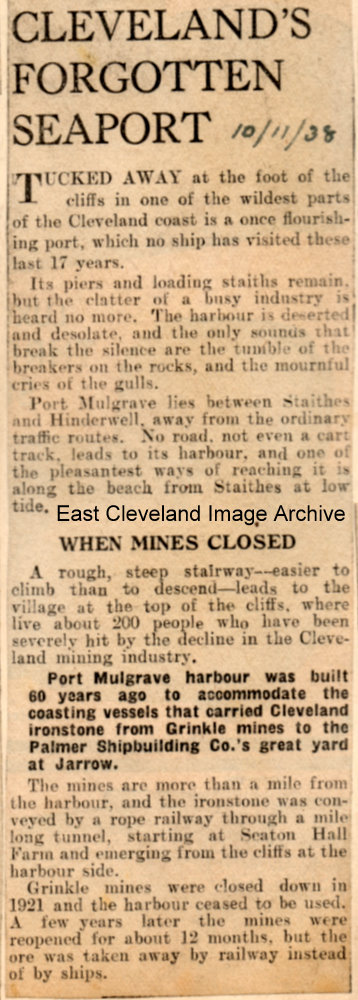
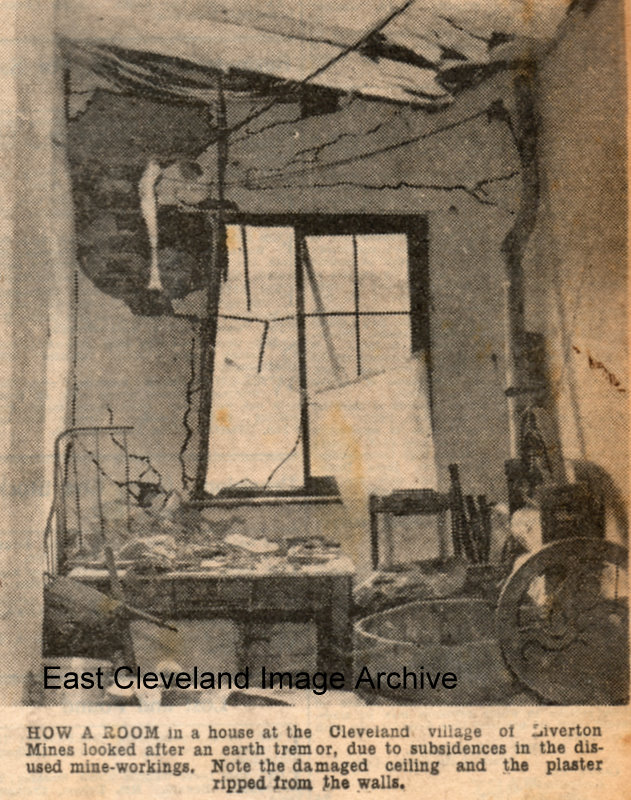
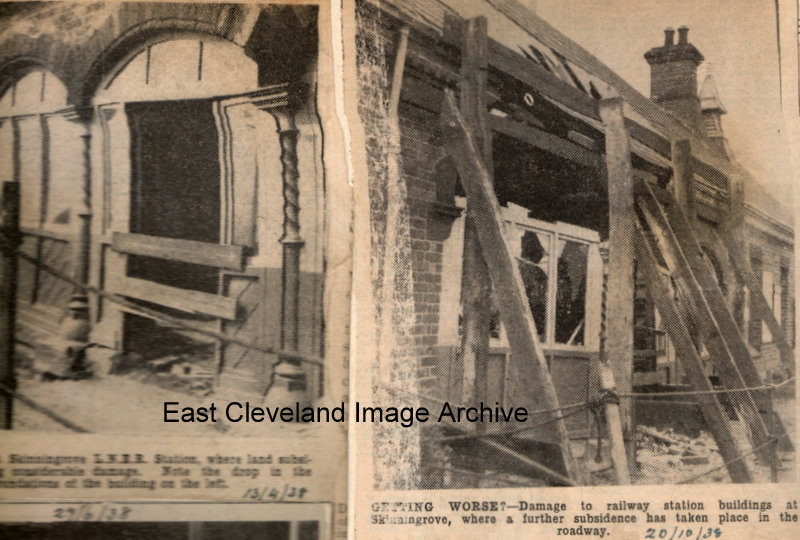
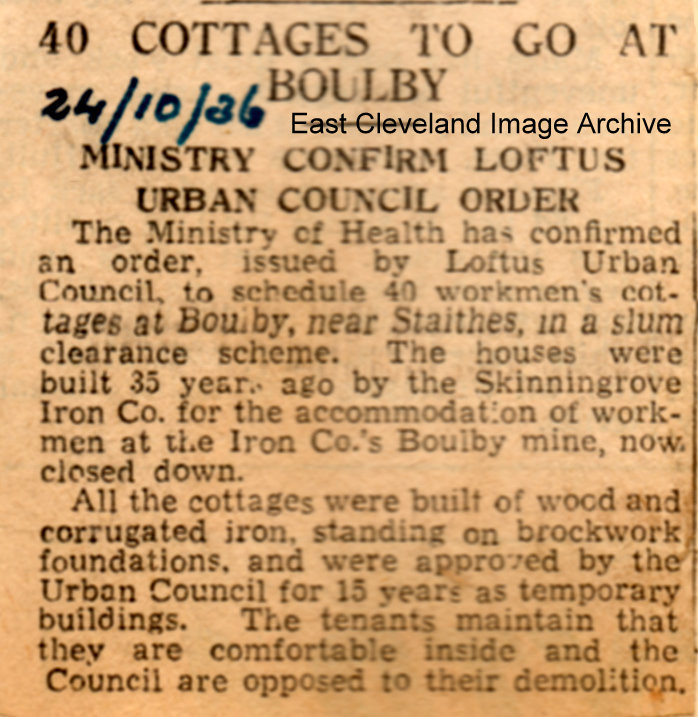
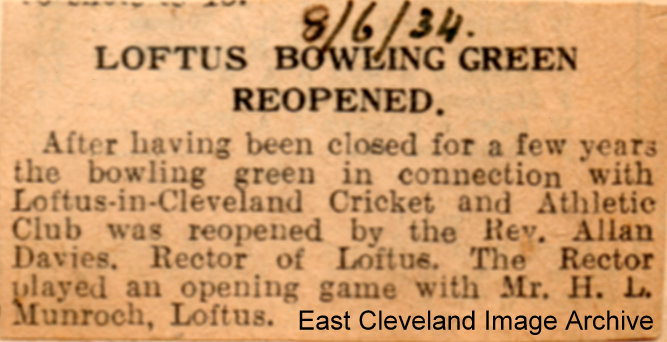
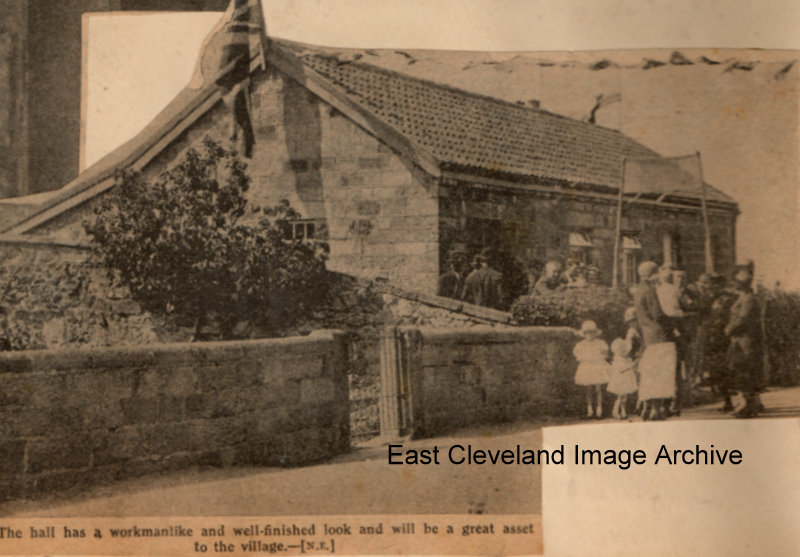
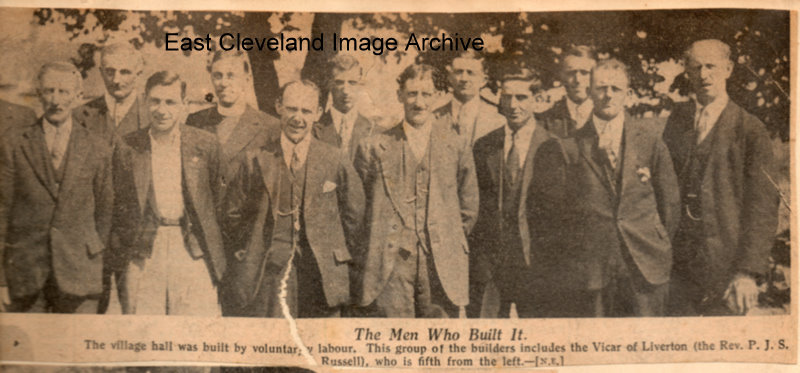
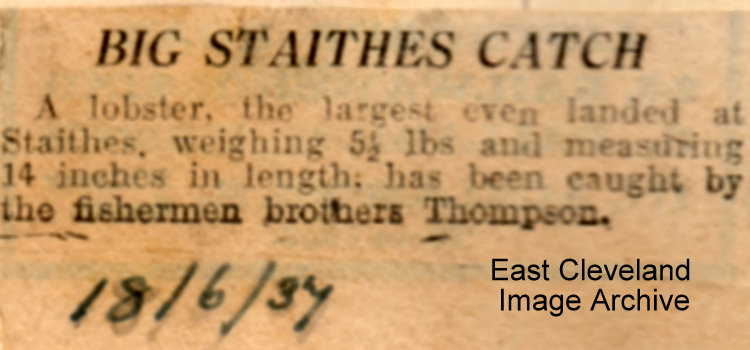
Recent Comments